UK Tests Thin-Film Combiner HUDs
Flight tests of head-up displays (HUDs), fitted with what is claimed to be the world's first airborne thin-film colour-selective graded combiners, are to be undertaken aboard in a British Aerospace Harrier GR.7 and a Tornado GR.4 later this year.
The GR.7 tests, to take place at Royal Aerospace Establishment (RAE) at Farnborough, in the UK, will form part of an evaluation of a modified Smiths Industries night-attack HUD. Smiths has agreed to test the new combiners, covered with coatings developed by the Thin Films division of Omitec Electro-Optics, in a side-by-side evaluation with an increased-brightness, wide-field-of-view, night-attack HUD.
Omitec is also delivering combiners coated in the new way to GEC Ferranti, which is supplying the first wide-angle HUDs for the Royal Air Force's Tornado GR.4 mid-life upgrade. GEC Ferranti says that the combiner coating will allow the display brightness to be increased by some "three to six" times of the original.
This will make cursive symbology easier to read as well as making possible daylight viewing of the forward-looking infra-red image.
The Omitec-developed system uses thin-film rugate technology to manufacture "notch" filters of specific bandwidth. The concept enables the wavelength, width and depth of reflection band to be varied independently and across the area of the filter. In this case, the reflection notch is tuned to the primary peak of the green phosphor.
Current HUD systems use holographic techniques to produce the effect of a notched band using holographic gelatine sandwiched between glass. Omitec says that the thin-film system is better than the holographic technique by being relatively insensitive to viewing angles and having higher environmental stability and low outside-world colouration.
"It also weighs about half that of the holographic solution," says technical sales manager, Robert Munday.
Omitec has also bid the new-technology coating in the competition to upgrade the HUDs in Saab JA37 Viggens operated by the Swedish Air Force.
The company hopes that the RAE trials, plus the evaluation of the upgraded GR.4 HUDs, will open up an international retrofit market of which the JA37 could be the start.
"Potentially, this sort of technique could be retrofitted to all the HUDs in the world," says the RAE.
Source: Article by Guy Norris in Flight International 24 - 30 April 1991

